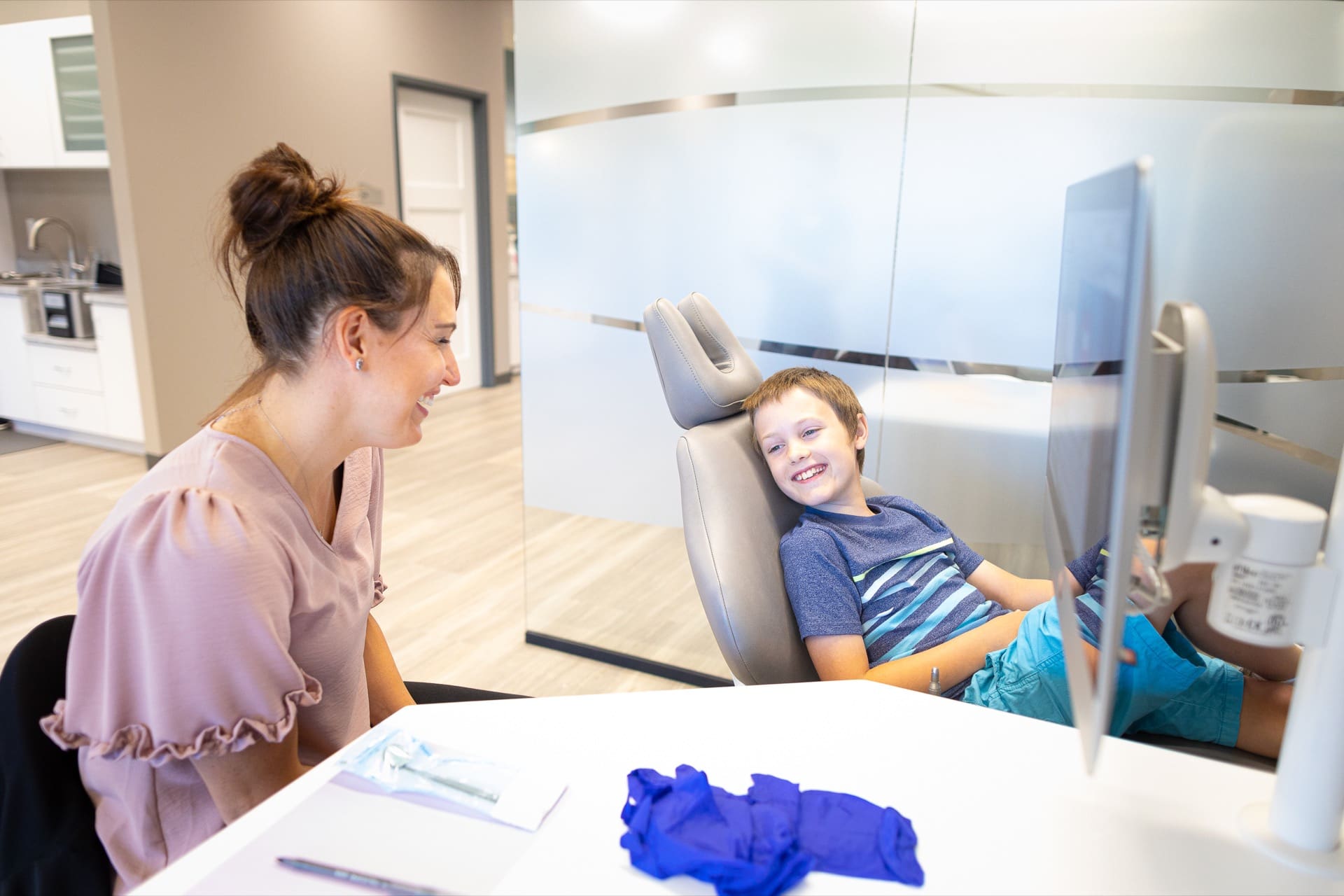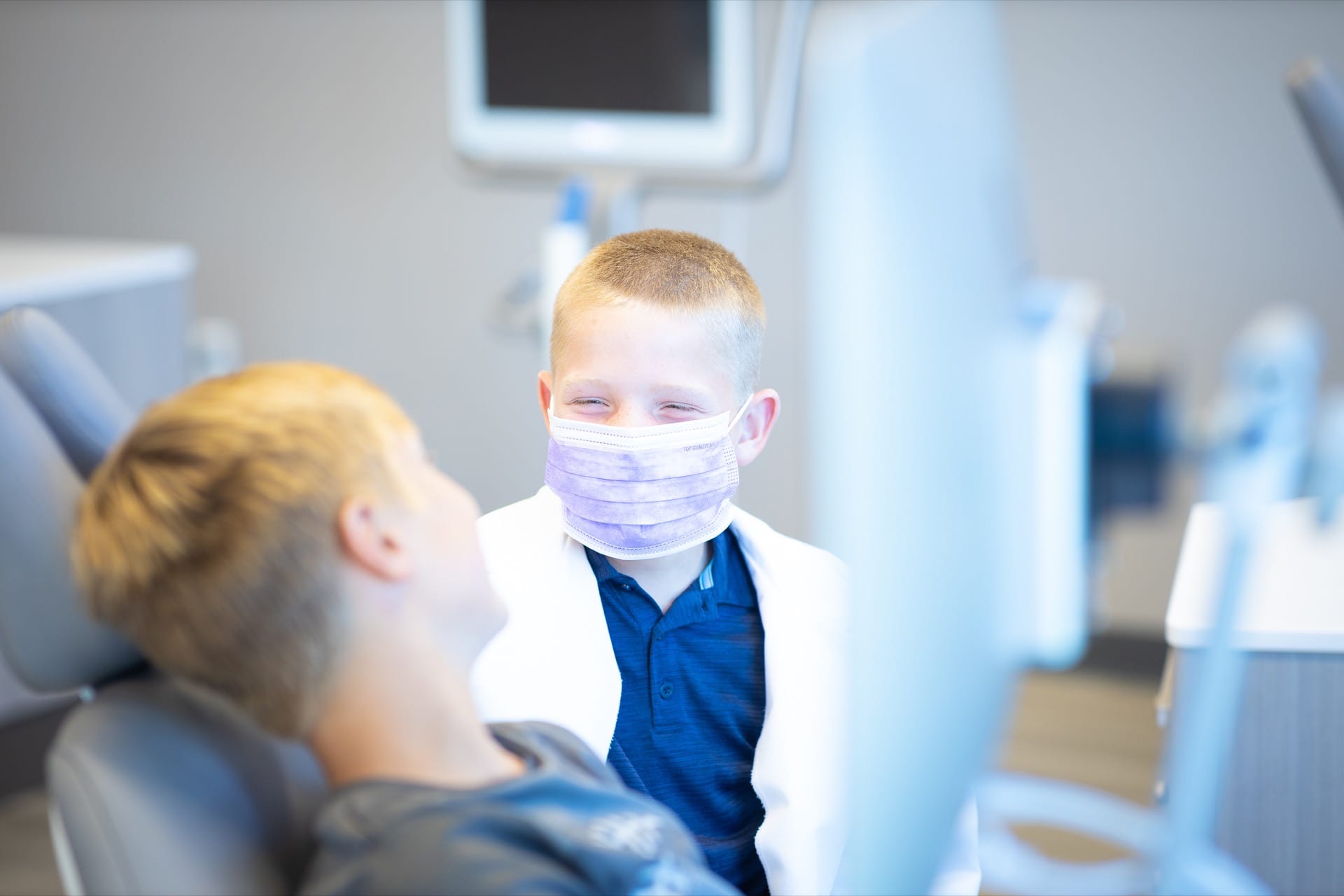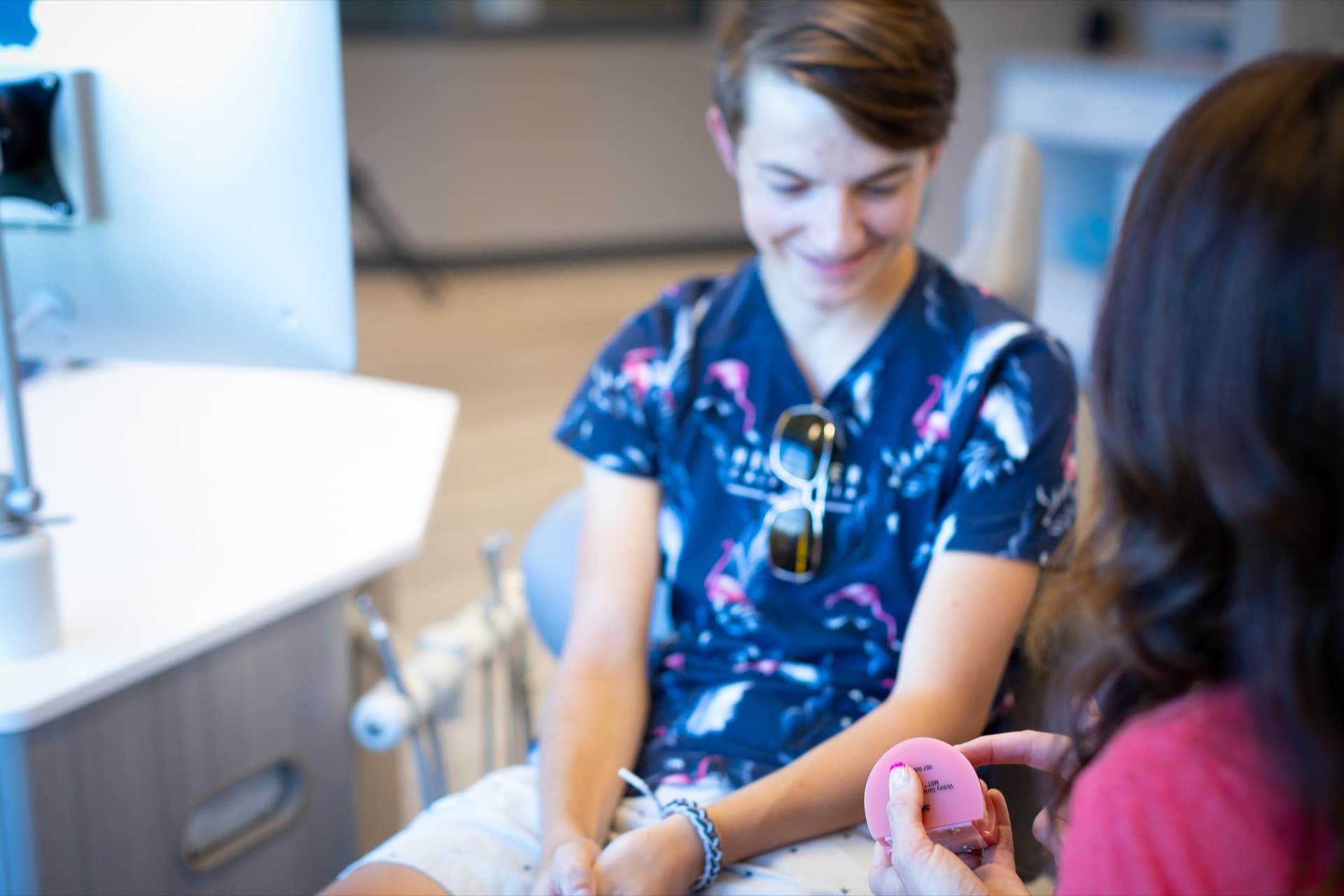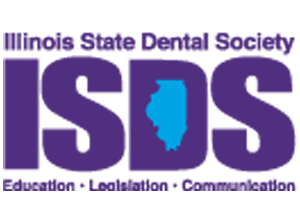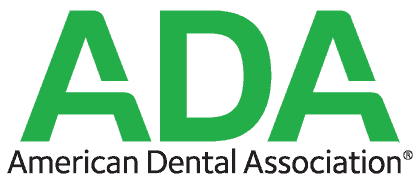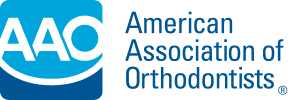Why Two-Phase Braces May Be Best for Your Child’s Smile
Your child’s oral health is vital to their growth and development. Dental appointments should start with the eruption of the first tooth. Orthodontic treatment should begin early as well. Sometimes, a two-phase orthodontic treatment system is needed to keep your child’s oral health on track.
Hentscher-Johnson Orthodontics knows that early prevention can reduce the severity of your child’s orthodontic problems further down the road. That’s why we use the two-phase early orthodontic treatment system for children who show signs of oral health issues.
When Should My Child See an Orthodontist?
Baby teeth start coming in around six months of age, which is when your child should start seeing a dentist. By age 7, the baby teeth are in, and the permanent teeth are ready to erupt. According to the American Association of Orthodontists, it’s at this age that your child should first see an orthodontist.
Your child will have a full examination, including dental X-rays and digital imaging of their teeth and jaws. Your orthodontist can tell whether your child’s jaws are developing normally.
Children often exhibit signs of jaw problems as they grow. Some issues are easy to spot, such as an upper jaw growing forward or teeth coming in crooked. Other orthodontic issues, such as a misaligned bite, may be harder to see. That’s why a consultation with an orthodontist is so important at an early age.
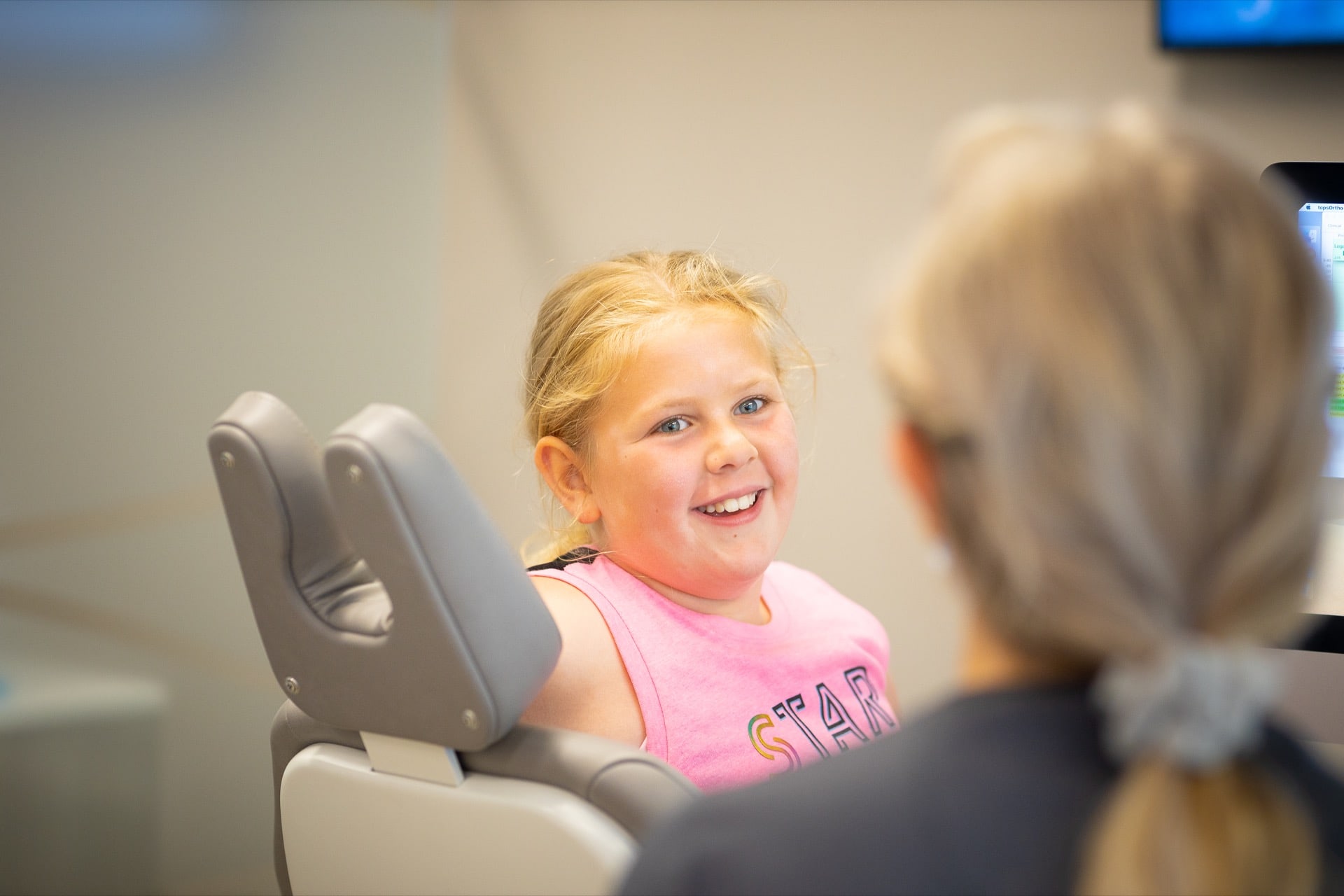
Why Have Two-Phase Braces Treatment?
Most children get braces between 9 and 14 years of age. So why not wait until then? Why do you need two-phase braces?
The idea behind the two-phase braces stages is to keep dental issues from becoming serious dental issues. The more serious they are, the longer your child will have to wear braces, and the more expensive the treatment could be.
Two-phase braces help your child’s jaws develop more normally so they don’t have more serious issues later. They may still need braces, but they likely won’t need them as long as they would without the first phase of treatment.
What Are the Two Stages of Braces?
There are two phases of braces. Phase One treatment aims to help the jaw develop so that all permanent teeth erupt correctly and with enough room. It also ensures the upper and lower jaws fit together as they should. Phase Two involves braces treatment and ensures your child has a proper smile and bite for a lifetime.
Phase 1 Braces
Phase 1 orthodontic treatment involves adjusting your child’s jaws so they develop properly. This often involves installing orthodontic appliances to help the jaw grow better. This usually begins at about age 9.
A palate expander may be used to widen a jaw that is too narrow to accommodate all the permanent teeth. Palate expanders are usually worn for 6-9 months, depending on how much widening is needed.
Does your child thrust their tongue against their teeth or suck their thumb? A tongue crib may be added to reposition the tongue and break the child’s thumbsucking habit.
Are the teeth too close together? Spacers may be added to provide a bit of separation between the teeth. This will make placing bands around the back teeth easier for braces, if necessary.
In some cases, baby teeth may need to be removed to prepare for proper eruption of the permanent teeth.
Think of Phase 1 treatment as meal preparation. Before making that delicious dinner, you must gather all the ingredients and chop the vegetables. Once everything is prepped, you can put it all together to make the meal. In this case, the meal is the braces treatment itself.
Resting Period
Your child won’t get braces right away after Phase One treatment. We have what we call a resting period. This gives the baby teeth time to fall out and the permanent teeth time to erupt without appliances to disrupt that. This also allows us to see how well the mouth develops on its own, so we know how intense the braces treatment should be.
A successful Phase One will make it easier for the permanent teeth to erupt properly. Without it, they may become impacted or erupt crooked or out of place.
Phase 2 Braces
Phase 2 treatment involves putting braces on your child’s teeth, usually when they’re 11 or 12 years old. Thanks to the work of Phase 1, Phase Two treatment should be shorter and easier than without it.
Phase Two braces are placed on the upper and lower teeth. Braces will ensure your child’s teeth are lined up correctly, and their bite is straight. Crooked teeth are more challenging to clean and can cause accelerated tooth decay and enamel wear. A bad bite can lead to jaw pain, speech problems, and headaches. Braces treatment prevents these and other issues in your child’s oral health.
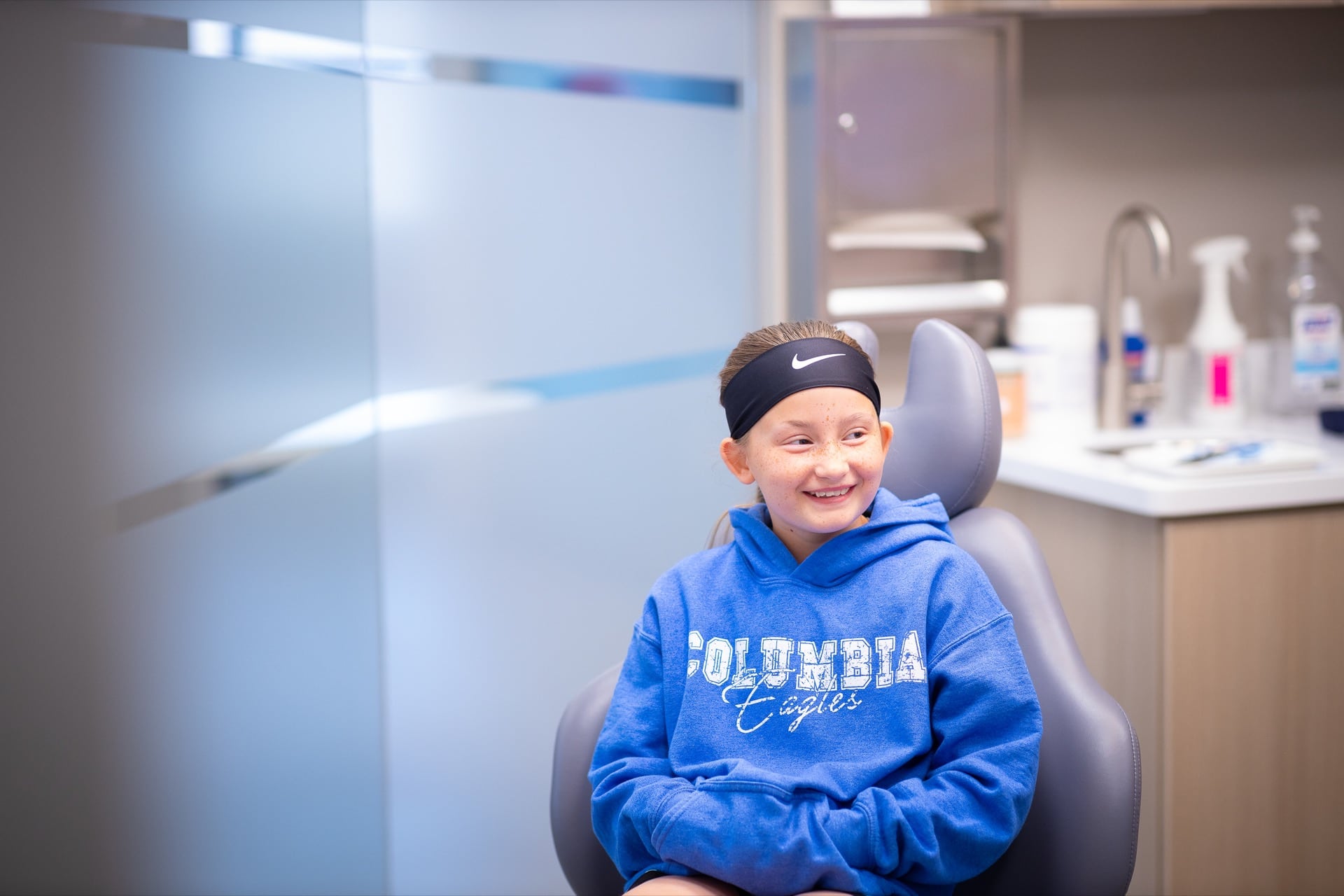
Two-Phase Braces in Columbia, IL
Early braces treatment can improve your child’s oral and overall health. Two-phase treatment does more than just straighten your child’s teeth. It can reduce the chances of your child developing speech or breathing problems, headaches, and even digestive issues from improper chewing of food. It can also reduce your child’s treatment time and create a beautiful smile to last a lifetime.
Is your child ready for two-phase braces? If so, you can schedule a virtual consultation with Hentscher-Johnson Orthodontics in Columbia, IL, and Waterloo, IL. We will examine your child and determine whether two-phase braces are right for them.

